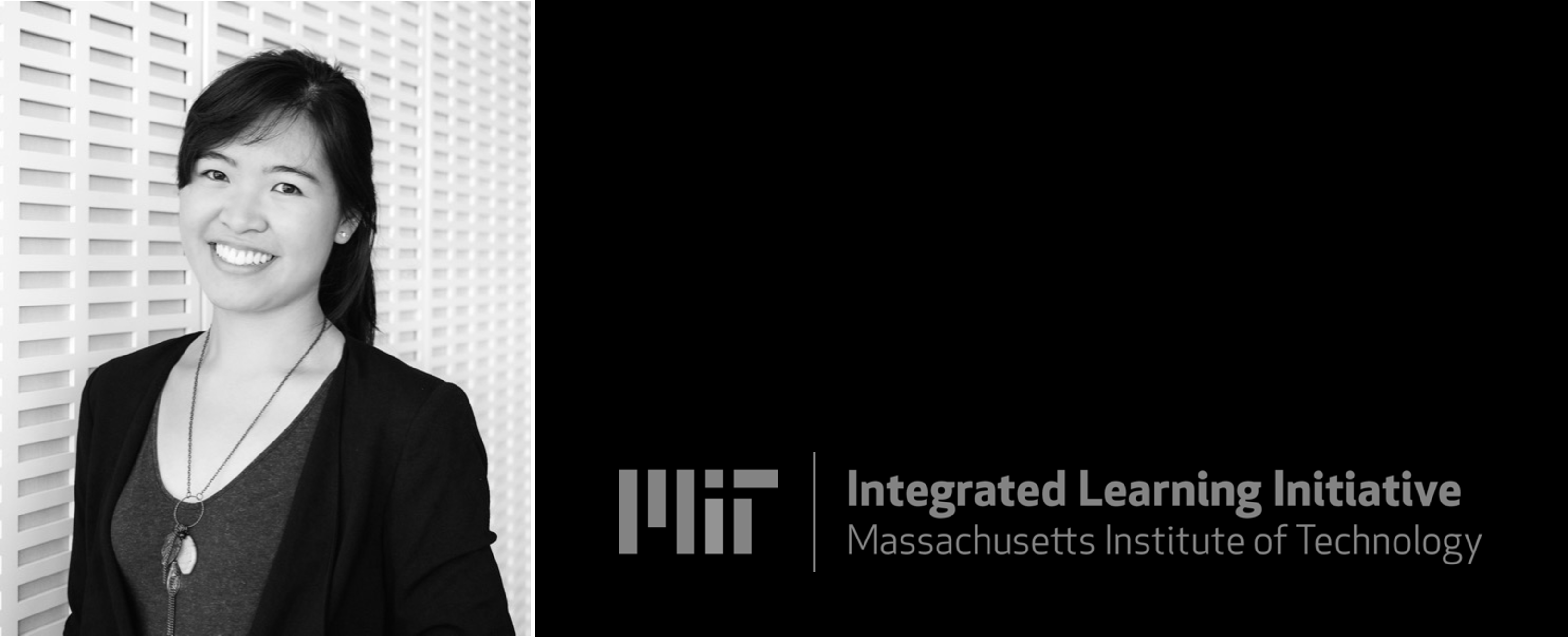
Joanne Leong has a keen interest in understanding our human perception of the world, and designing technologies that complement us and can bring positive change to our lives—in how we learn, work, play, and connect with one another and the things around us. Recently, Joanne and her colleagues won a MITili grant, investigating educational effectiveness. Their research, “Evaluating the Effectiveness of AI-Generated Personalized Learning Content for Improving Engagement and Learning Outcomes”, has just recently begun with the aim of evaluating the effectiveness of learning materials that, using Generative AI, are personalized to students' individual interests, learning styles, and skill levels.
Prior to joining the Media Lab, Joanne attained a bachelor’s degree in Systems Design Engineering at the University of Waterloo as well as a master’s degree in Interactive Media while holding a research position at the Media Interaction Lab at the University of Applied Sciences Upper Austria. She has completed various internships and academic exchanges in North America, Asia, and Europe. Her past works include a novel smart textile-based wearable approach for the sensory augmentation of prosthetic limbs (UIST 2016 Best Paper), and a conceptual framework for aiding in the design of constructive assemblies (TEI 2017 Best Paper).
How did you initially become interested in Generative AI and its impact on education?
I remember that a few years ago, I started to see new interactive applications coming out based on machine learning. Apps such as “Quick, Draw!” were refreshingly fun and playful, and they clued me in on a new realm of possibilities for creating engaging experiences. It was only a few years later that Generative AI arrived, which similarly opened exciting new doors. I’ve always been curious about what it takes to learn new things and develop one’s skills. While it can be challenging at times, it’s often incredibly rewarding. So naturally, as an HCI researcher who’s passionate about designing technologies that positively impact people, I’m excited to explore how generative AI can be leveraged to enable everyone to share in the joy of learning.
Your work spans an incredible bandwidth of projects. Is there a particular project you’re most proud of?
Thanks so much! I feel very fortunate to have had the opportunity to be a part of many fun and interesting projects with great people over the years. I’m not sure I can pick out one project in particular, but I will say that I take some pride in each project I’ve been a part of, since they each represent an adventure and mark a period of learning and personal growth for me.
Most people don’t associate MIT with the humanities and art, but much of your work focuses on the connection between technology and art. What advice would you have for someone interested in studying the intersections of art and technology?
For someone interested in studying the intersections of art and technology, I would say to follow your curiosity and be brave. You may often find yourself in unfamiliar territory, but it’s also an exhilarating space in which to embrace play, experimentation, and tinkering. Eventually, the division between art and technology fades, and it’s just about bringing your visions to life. Also, find people who inspire you, lift your spirits, and encourage you to try out your “crazy” ideas.
Obviously the new ‘it’ thing is AI and generative AI and we still don’t know what effect, if any, it will have in the classroom. How will your research determine the success of AI interventions?
This is exactly a part of what I’m trying to tackle through my research! Given the current pace of development in AI-powered applications, it seems that there’s generally the underlying belief that integrating AI into educational tools will automatically translate into better learning outcomes and experiences. However, there are many factors to take into consideration. In my research, I am trying to take a step back and understand more precisely how AI will impact learners on a cognitive, social, and emotional level. Having a deeper understanding will help ensure that we can actually design experiences that have the intended beneficial effects.
What is your favorite thing about being a part of MIT?
My favorite thing about being a part of MIT is that I get to meet and learn from so many interesting and inspiring people. This community reminds me that so much is possible if we allow ourselves to dream big as well as learn and work together.